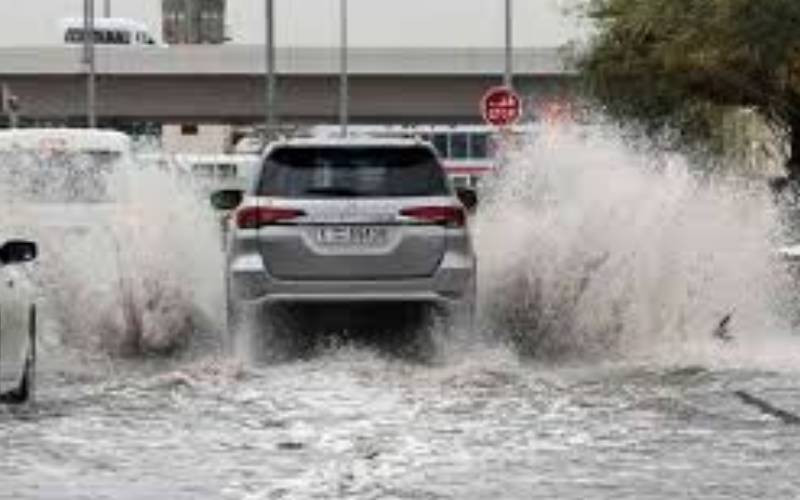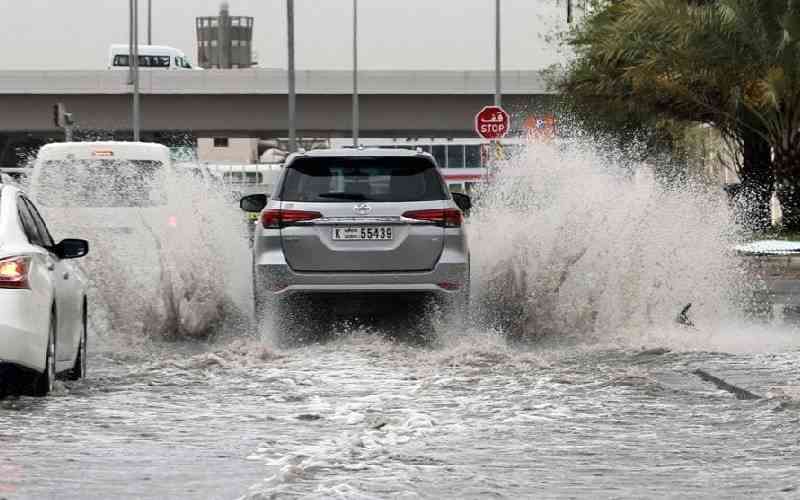Last year in 2015, 14.3 million tourists visited Dubai, making it the fourth most visited city in the world behind London, Paris and Bangkok. This was quite a feat for a city set right in the middle of the Arabian desert.
You may be shocked to learn that the Airlines Hotel, Dubai’s first ever hotel, was built in 1959. This was a whopping 57 years after Stanley Hotel, Nairobi’s pioneering hotel was constructed in 1902. Considering that Norfolk Hotel was constructed in 1904, Nairobi was for the first half of the twentieth century more equipped to host tourists than Dubai. Yet less than seven decades later in 2014, Dubai’s hotel rooms were rated as the second most expensive in the world, after Geneva. Demand from well-paying tourists was simply quite high.
Although most of Dubai’s initial development rode on the back of oil, this is no longer the case with real estate and construction being the largest contributor to Dubai’s economy. Another huge contributor into the Emirate’s flourishing economy is entrepôt, which is French-speak for a physical location that acts as a conduit for importing, storing and trading merchandise.
It is therefore evident that a massive inflow and outflow of both people and merchandise has catapulted Dubai’s economy to great heights. Against this backdrop, the current historic low oil price of $30 per barrel is not giving the United Arab Emirates’ (of which Dubai is a part of) rulers sleepless nights. In January this year, these rulers met to craft a strategic roadmap for a post—oil boom Emirates.
Speaking after the two-day retreat, Sheikh Mohammed bin Rashid Maktoum, UAE Vice President and Ruler of Dubai, said that, ‘the development of human capital is the global currency of the 21st century economies, and the only way to achieve sustainable development and promote the UAE’s journey towards further progress and prosperity.”
These words, backed by Dubai’s stratospheric rise of the last few decades, ring true for Kenya. Counties like Kitui and Mandera which are also located in semi-arid or arid terrain like Dubai’s have no excuse of lagging behind in development. They may not have oil to fuel their economic growth but they have human and natural capital that is in dire need of development.
Properly managed and motivated, the human capital in these counties can innovatively unearth the counties’ versions of real estate and entrepôt. These two may be cornerstones of Dubai’s staggering growth but they are not monopolies of such growth. Thanks to the presence of gypsum, coal in their bellies that dot their terrains, Mandera and Kitui could become the cement and construction blocks capital of Africa. Besides, they can become leading beef producers in Africa.
It is time for our counties to take a long hard look at Dubai (without even wasting taxpayers funds by going there) and apply lessons that have worked superbly there
 The Standard Group Plc is a
multi-media organization with investments in media platforms spanning newspaper
print operations, television, radio broadcasting, digital and online services. The
Standard Group is recognized as a leading multi-media house in Kenya with a key
influence in matters of national and international interest.
The Standard Group Plc is a
multi-media organization with investments in media platforms spanning newspaper
print operations, television, radio broadcasting, digital and online services. The
Standard Group is recognized as a leading multi-media house in Kenya with a key
influence in matters of national and international interest.
 The Standard Group Plc is a
multi-media organization with investments in media platforms spanning newspaper
print operations, television, radio broadcasting, digital and online services. The
Standard Group is recognized as a leading multi-media house in Kenya with a key
influence in matters of national and international interest.
The Standard Group Plc is a
multi-media organization with investments in media platforms spanning newspaper
print operations, television, radio broadcasting, digital and online services. The
Standard Group is recognized as a leading multi-media house in Kenya with a key
influence in matters of national and international interest.








